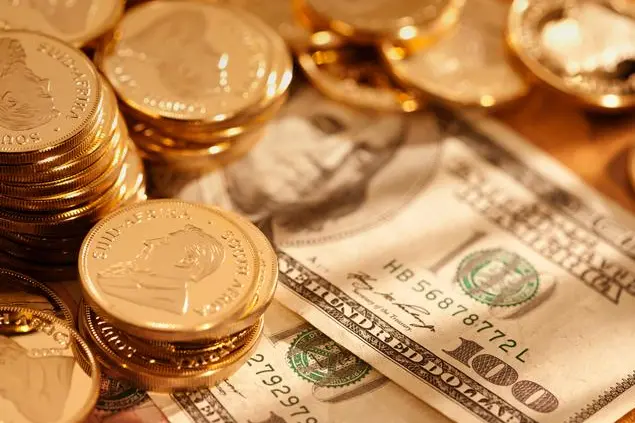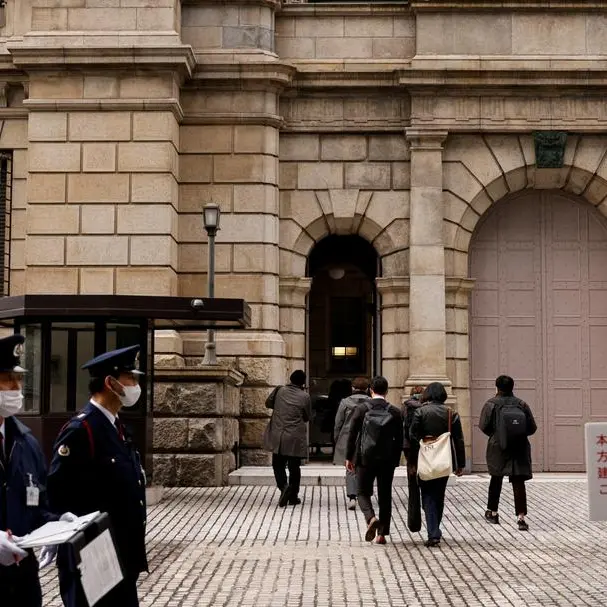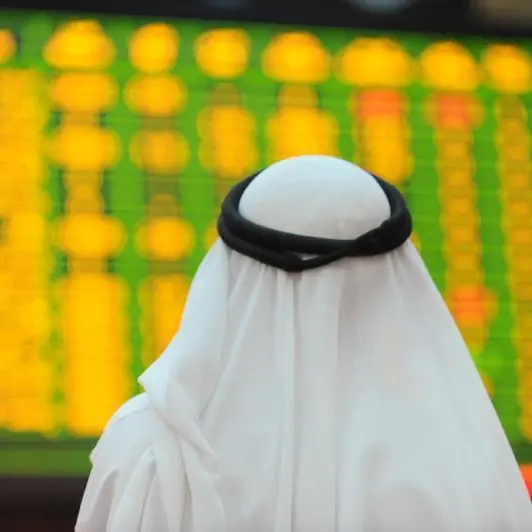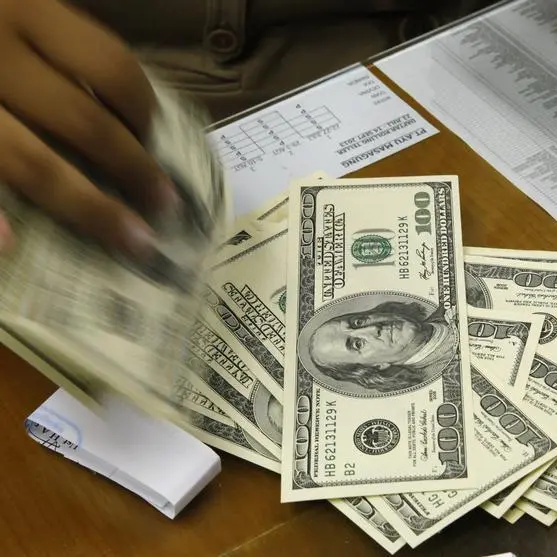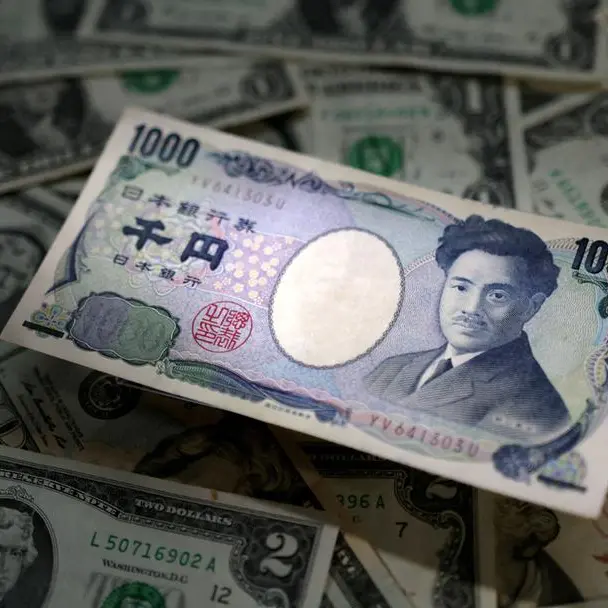PHOTO
Financial markets breathed a sigh of relief after the US Federal Reserve made its interest-rate cut intentions clear during Fed chair Jerome Powell's recent testimony to Congress early in July.
The Federal Reserve Chair signalled a bias towards easing monetary policy in the United States amid concerns over subdued US inflation and external risks stemming from the US-China trade dispute. Ongoing concerns do continue to get stronger that the global economy is entering another downturn, and the number of US-led trade disputes that remain unresolved across several markets in various regions is encouraging pessimistic expectations for the global economy.
Such caution is likely to translate into a lower-interest-rate environment and easier borrowing. This could lead to increased spending in the US - at least, so the Federal Reserve hopes.
Towards the end of the second quarter, gold gained rapidly with an increase in value beyond $100 in June, pushed up by concerns over the global economic slowdown and rising trade tensions. The Fed's dovish rhetoric then undermined confidence in the US dollar and the broader US economy, spurring gold prices higher to its strongest level in six years.
Given that the dollar's outlook is weaker, it favours other traditional safe haven assets, meaning that gold's upbeat momentum should continue in the short term. Gold could be restored to recent highs if the Federal Reserve indeed pulls the trigger on an interest rate cut at the end of July.
Lower US interest rates spell relief for emerging markets
A US central bank that's open to lowering US interest rates is set to have an impact on risk appetite as a whole, including global stock markets and emerging markets (EMs) in the developing world.
For context, in recent years, there were big challenges for emerging markets which had borrowed heavily in USD during the low-interest period to finance various projects. The reason is that once the Federal Reserve started raising rates at the beginning of 2015 and the USD went through a period of strength, those loans became much more difficult to repay because of the high USD exchange rate compared to local currencies.
Other than creating difficult loan repayments for emerging market economies, the stronger USD attracted investment away from emerging markets. Even though emerging markets traditionally offer higher interest rates to attract foreign currency deposits, investments like these are still seen as volatile and risky compared to USD-denominated investments. This applies mainly when the USD is strong amid an economic outlook of robust growth. Once the USD loses its attraction as a strong-yield safe-haven investment, then markets tend to favour emerging market assets, which promises higher returns, albeit with more risk.
The most direct way in which EMs benefit from a downbeat Fed is via a more favourable currency exchange rate versus the USD. Since the Fed's June policy meeting, emerging market currencies have collectively gained some 1.3 percent against the US Dollar, as seen in the MSCI Emerging Markets Currencies index. A weaker USD also means more buying power for emerging market currencies, for example, when purchasing commodities like crude Oil that's needed for powering manufacturing processes.
Developing nations can also benefit from a Fed rate cut from the supported consumption levels in the world's largest economy. Given EMs dependence on external economic conditions, a US economy that's aided by the Fed's stimulus measures should also ensure sustained demand for products out of the developing world.
How long will gold's appeal last?
For an investor with lower risk tolerance, gold's appeal has held firm amid the weaker USD. The precious metal has remained above the $1,400 level for several weeks on the back of US interest-rate cut speculation.
Although markets have fully priced in a Fed rate cut this month, it's the US central bank's scope for easing that remains in doubt at this point in time. The Federal Reserve is expected to lower interest rates by either 25 or 50-basis points at its upcoming policy meeting.
However, the outlook on US monetary policy has been compounded by the better-than-expected US economic data in June, including non-farm payrolls, retail sales, and factory output. Should the US economy's resilience shine through, that may prompt the world's most important central bank to step away from its easing stance, which could then restore the US dollar while putting downward pressure on EM currencies andgGold.
With all that in mind, all eyes will be on the Fed policy meeting come July 31.
Jameel Ahmad, global head of Currency Strategy and Market Research at FXTM. Views expressed by him are his own and do not reflect the newspaper's policy.
Copyright © 2019 Khaleej Times. All Rights Reserved. Provided by SyndiGate Media Inc. (Syndigate.info).
